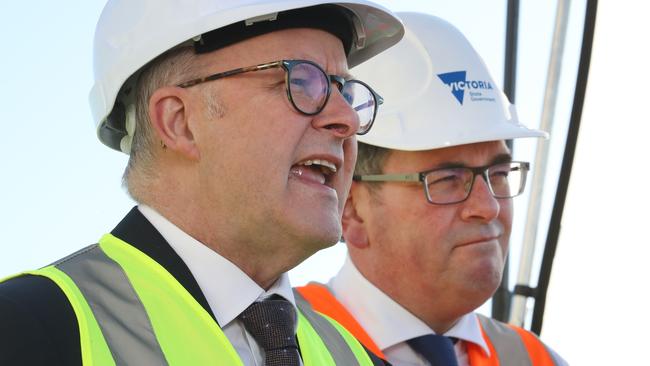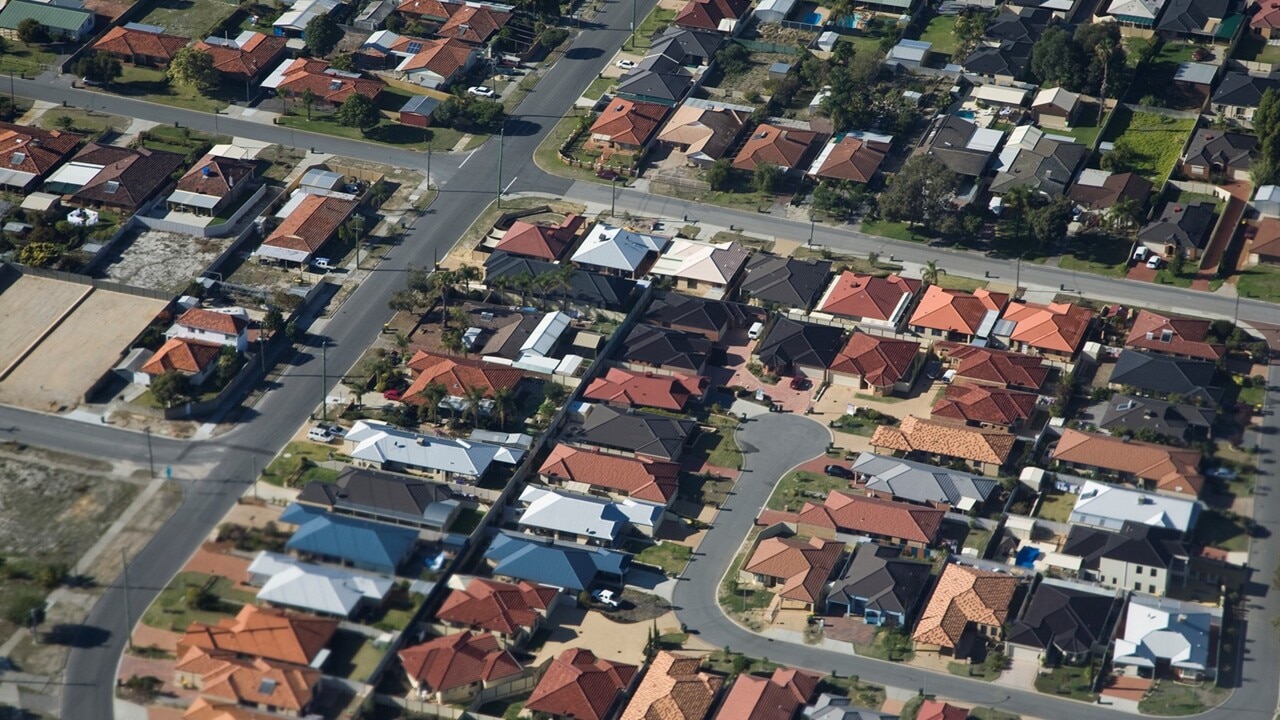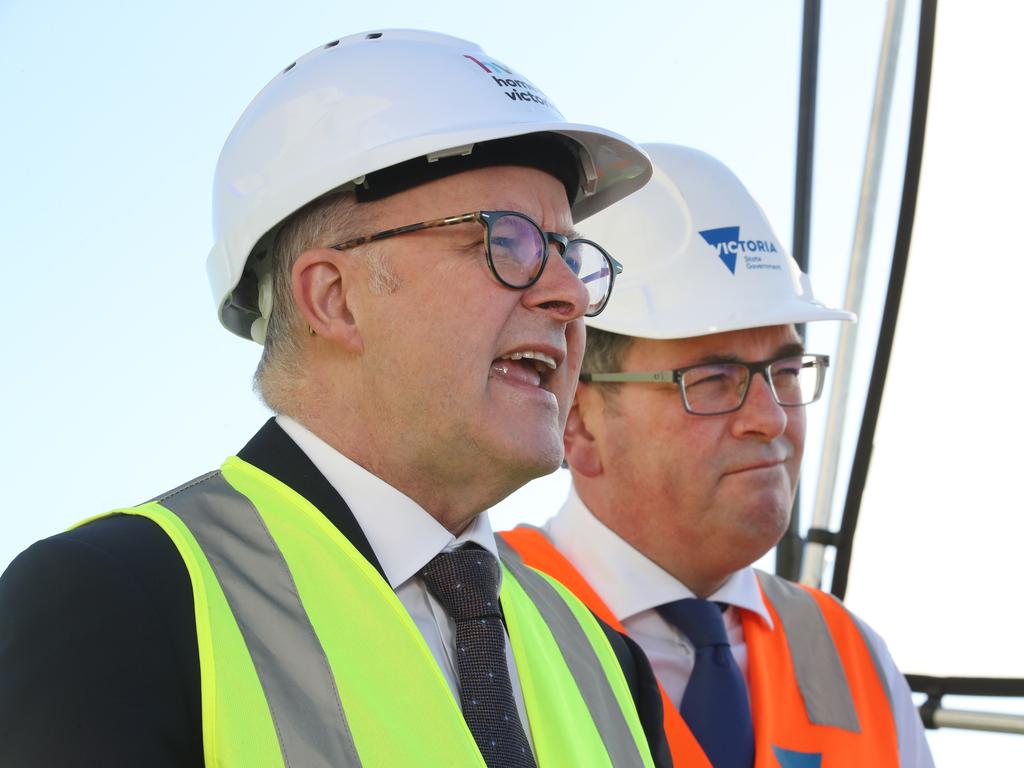
The fundamental challenge is how to reduce the cost of building new homes instead of adding to it. And at the moment, the cycle is in reverse.
While the political focus is on the Senate fight between the commonwealth and the Greens, with their unrealistic demands for a national rent freeze, the key to unlocking housing affordability and supply rests with the states and territories.
While Anthony Albanese is right to take a federal leadership role in trying to bang heads together, it is one that is largely a creation of provincial ineptitude, political timidity and greed.
And unless first ministers come to the table at Wednesday’s national cabinet meeting with a willingness to abandon their current formulas, addictions to housing tax revenue and crippling appeasement of anti-developers, the problem will just continue to compound.

But with the Prime Minister having talked up expectations around national cabinet providing a solution, a lot now rides on the meeting’s outcome for him.
The danger for Albanese is that having lost control at a federal level, he has put a political outcome in the hands of states whose record on this is poor.
Housing Industry Association chief economist Tim Reardon says two things needed to emerge from the housing summit for there to be any chance of an enduring fix.
For a start, the states and territories must commit to an urgent increase in the supply of land. The second is a promise to reduce the tax imposts on new housing.
Without a deliverable and genuine commitment to these principles, already part of the housing accord, any other solutions become meaningless.
With Albanese’s $10bn Housing Australia Future Fund stalled, the states will have to come to the party on increasing their own investment in public housing stock.
Reardon says not only is it a good time for return on investment but they will be investing in the industry’s capacity to respond when the market eventually picks up again post-2024.
If Albanese continues to confine the argument to one around public housing, there can be no confidence the federal government has a complete grasp on the broader crisis.
There is a shortage in all forms of housing, not just social housing, and public housing accounts for only 2 per cent of new dwellings.
Another problem resides with the states and their continued failure to properly forecast housing demand and population, with Queensland and South Australia, for example, promising future builds over the next five years that will actually result in a net decrease in their ability to meet demand.

The HIA predicts that next year will see the lowest level of detached housing builds in more than a decade.
You start to see the scale of the problem when the immigration curve is heading in the opposite direction.
Reardon says much of the fall in construction is a product of the current cash rate putting the brakes on.
But the other key constraint is still the cost of land, the shortage of both greenfield and brownfield sites and the added taxes and costs imposed at state and territory levels for new builds.
This is at the core of all three problems – the rental crisis, the affordability squeeze and the supply crunch.
For Albanese to be able to credibly claim any success from the national cabinet meeting, he needs to walk away with an agreement from all jurisdictions that they are committed to addressing the fundamentals first.







Labor, the unions and the Greens are locked into a Byzantine pursuit of solutions to a housing problem that has an obvious answer: less government involvement rather than more.